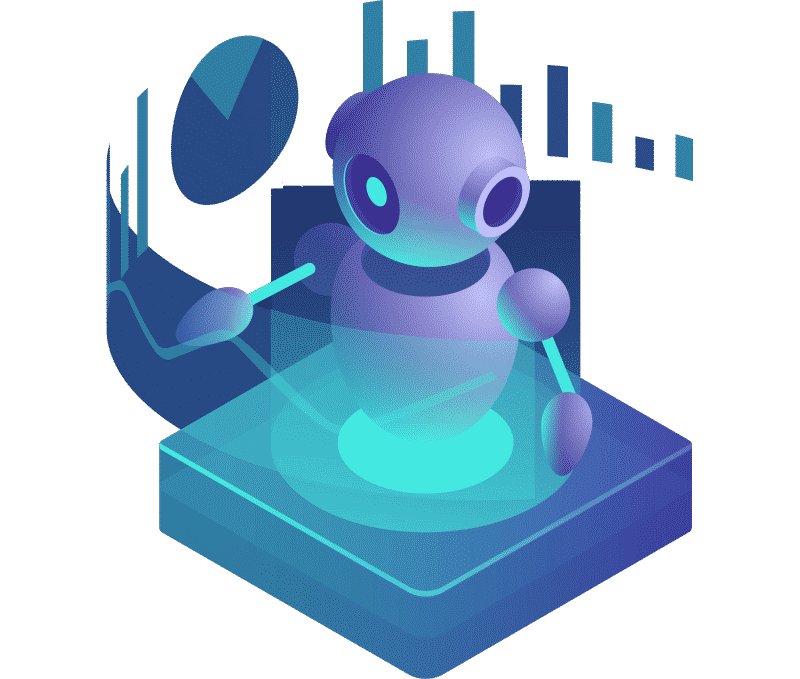Artificial Intelligence
Line of Artificial Intelligence
Have a question or need a custom quote?
Please call us at (+1 (856) 478-7434) or send us an email to info@jDesignTechnologies.com.
Our customer service representative will contact you within one business day.


